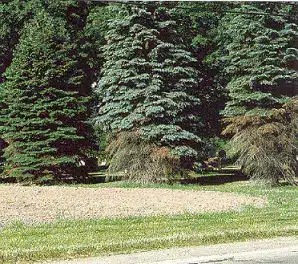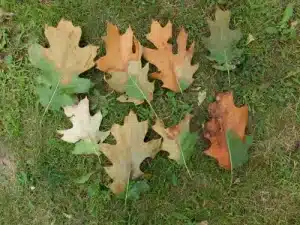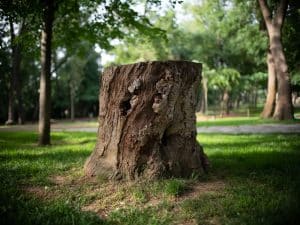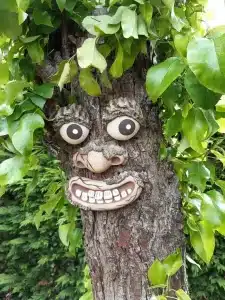Have you ever noticed a row of spruce trees, all with dying branches at the bottom of the tree? More than likely Cytospora is the culprit. This disease has been devastating to our Colorado blue spruce population but I’ve also seen it develop pretty hardily in Norway and white spruce.
The reason? Though Colorado blue spruce are beautiful trees, they are best adapted to mountainous, arid regions. Our prolonged humid summers (it feels weird to say that when the temperature is currently 20 degrees) cause stress and make them more susceptible to various pests and pathogens.
In the same way, for instance, lack of sleep might lead to a various number of health issues for us, stressful conditions for trees lead to disease as well.
So what do you do if your tree seems to be exhibiting these symptoms? Here’s the sad part: Fungicides are mostly ineffective in combating Cytospora canker. At best, they may maintain an already infected tree but it will never return to its former glory.
The easiest thing you can do is prune out the diseased branches as soon as you see them, cleaning your cutting tools between each cut, but only do this during dry weather (late winter is best).
Be sure to burn or haul away the debris as the fungal spores do not magically stop spreading once the branches are cut. Unfortunately, most trees infected with Cytospora will eventually need to be removed.
When the disease is well established, it’s time to consider removing the tree and replacing it with something more suitable for our climate. Some similar but resistant varieties include Siberian spruce, blue atlas cedar, and eastern red cedar.
View this article from: www.tiogapublishing.com





